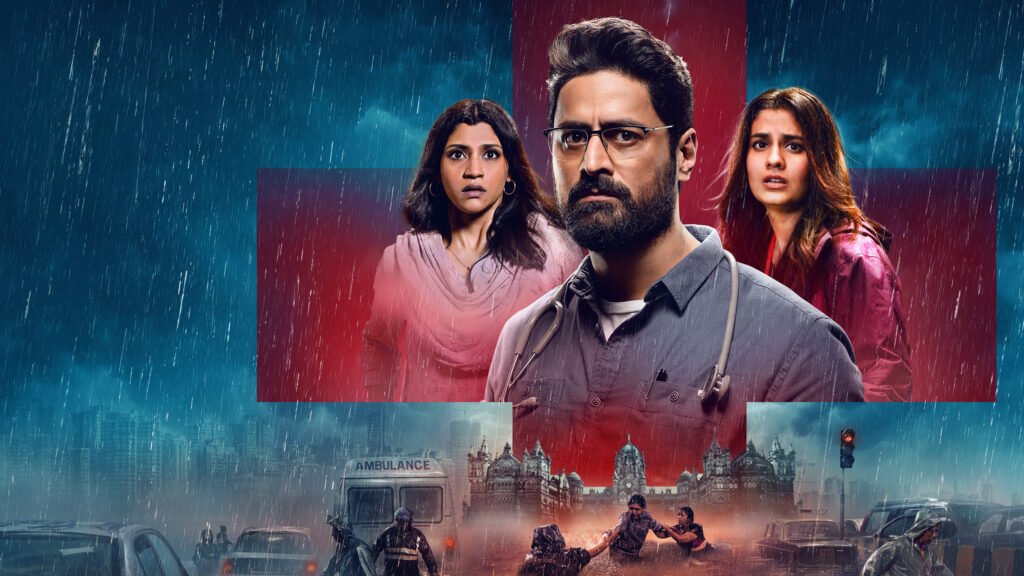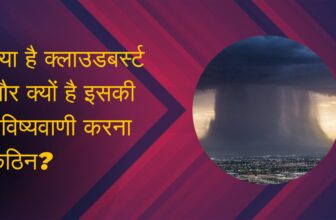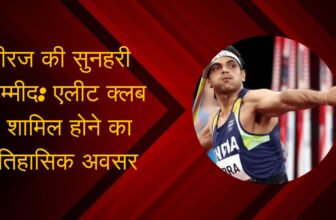
Review of ‘Mumbai Diaries’ Season 2: A Flooded City Sets the Stage for Intense Hospital Drama and Emotional Turbulence
The inaugural season of ‘Mumbai Diaries’ skillfully combined the key ingredients of a gripping medical drama, unfolding within the backdrop of the harrowing 2008 Mumbai terrorist attacks. Among the numerous targets of the assailants during those dark days was the Cama & Albless Hospital in the heart of South Mumbai. The horrifying events depicted in the series were not fictional, but a chilling reflection of the real-life tragedy that unfolded, beamed into living rooms across the nation.

Such a grave assault on a city is not something that can be easily forgotten. It not only reshapes the physical landscape but also etches indelible scars into the collective memory of its inhabitants. Recreating the raw authenticity and emotional intensity of those events in a subsequent series was, without a doubt, an insurmountable challenge. As a result, ‘Mumbai Diaries’ Season 2, helmed by director Nikkhil Advani, unfortunately falls short of capturing the visceral impact of its predecessor.
Bombay General Hospital remains under the capable administration of Dr. Subramaniam, portrayed by Prakash Belawadi, as the familiar cast of characters returns to the scene. Within a tight 24-hour window, they find themselves embroiled in a series of seemingly pointless escapades, with the narrative thoughtfully providing clear timelines and locations.
The central storyline revolves around star doctor Kaushik Oberoi, portrayed by Mohit Raina, who is still grappling with the aftermath of being accused of medical negligence in the previous season. His alleged wrongdoing stems from his daring attempt to save a terrorist over a wounded police officer, a decision that continues to haunt him.
In this new installment, the primary crisis unfolds in the form of the 2005 cloudburst rainstorm that inundated significant parts of Mumbai. However, in terms of dramatic magnitude, it pales in comparison to the audacious terrorist attack that transpired three years later. Curiously, a fictional cataclysm might have resonated more profoundly than a real event that even the residents of Mumbai themselves barely recall, let alone the rest of the nation.
As the camera ventures beyond the hospital walls, viewers are greeted by scenes of relentless downpours and gridlocked traffic. Yet, the patients who find themselves under the care of the beleaguered medical staff, including the ever-present head nurse Cherian (Balaji Gauri) and social services officer Chitra (Konkona Sensharma), remain largely unaffected by the deluge. Despite frequent discussions about overcrowding, ensuing chaos, and the looming threat of a leptospirosis outbreak, the actual impact of these issues is conspicuously absent.
In the preceding season, three resident interns were introduced to the hospital: Diya (Natasha Bharadwaj), the founder’s granddaughter; Sujata (Mrunmayee Deshpande); and Ahaan (Satyajeet Dubey). These interns often meander aimlessly throughout the hospital, performing vague medical tasks. While cinematic license is accepted to a certain extent, the lack of fundamental attention to detail becomes increasingly frustrating. For instance, Sujata unilaterally decides to undertake a complex surgery on a child, without the presence of a properly equipped operating theater, a glaring oversight that strains credibility.
A visit to a hospital, even on an ordinary day, often reveals doctors preoccupied and somewhat inattentive to patients. However, in this narrative, Diya appears to have an abundance of time to offer support and counsel to a transgender burns victim named Samaresh Das. Simultaneously, a police officer, who should be on active duty during a city-wide crisis, spends his entire day either harassing the burn victim’s family or exerting pressure on a nurse.
The series indulges in extensive, somewhat sordid exchanges and flashbacks involving Chitra’s abusive husband, Saurav, played by Parambrata Chattopadhyay. These segments consume a considerable portion of screen time in a series struggling to maintain its narrative coherence amidst the chaos of the flooding.
Intermittently, the show diverts its focus to seemingly the only news channel in the city reporting on the floods. Here, star anchor Mansi, portrayed by Shreya Dhanwanthary, appears more interested in holding Dr. Oberoi accountable than reporting on the disaster.
At one point, the power supply is disrupted, plunging a significant portion of the series into semi-darkness, illuminated only by candles, torches, and emergency fluorescent tubes. Nevertheless, laboratory reports and scans miraculously materialize in an instant, and surgeries are performed in unsanitary conditions, defying the usual protocols of a real hospital setting. The absence of the typical phrase “Go to accounts and pay a deposit” in any hospital scenario seems to exist solely within the realm of fairy tales.






